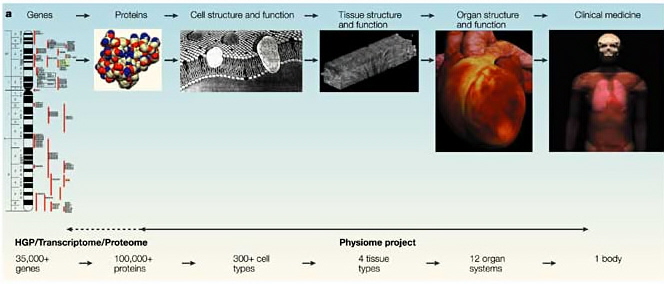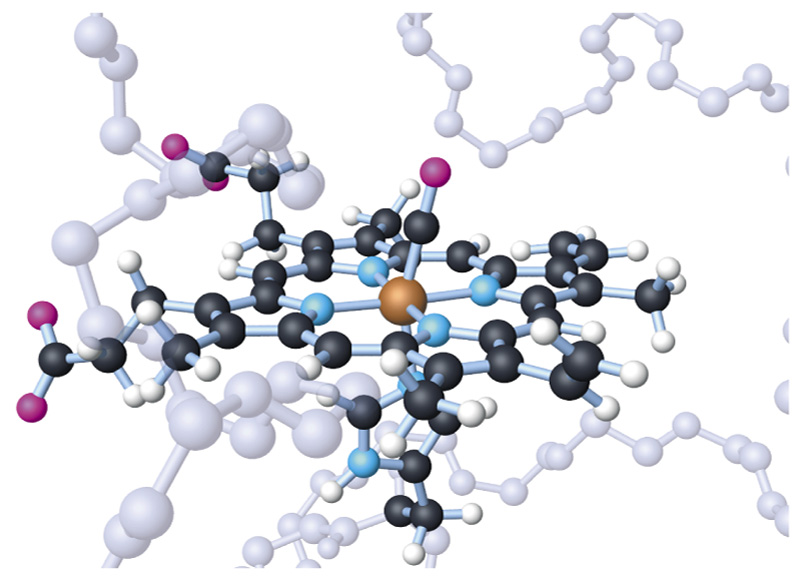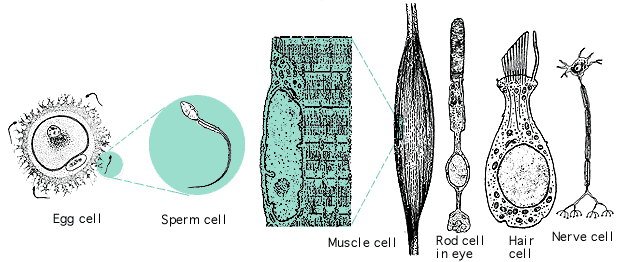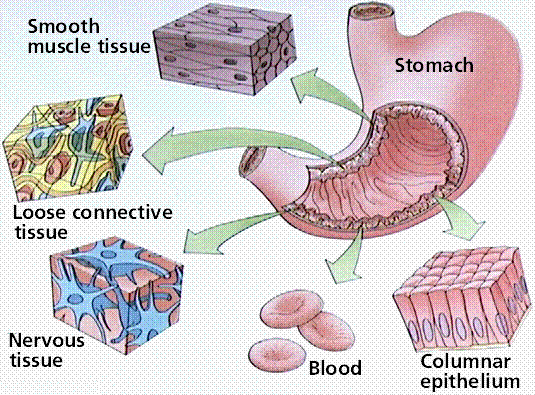- Преподавателю
- Биология
- Конспект по биологии на тему Biological organisation
Конспект по биологии на тему Biological organisation
| Раздел | Биология |
| Класс | 8 класс |
| Тип | Конспекты |
| Автор | Abdimuratov Y.M. |
| Дата | 25.01.2016 |
| Формат | doc |
| Изображения | Есть |

LESSON PLAN
NURORDA
SCHOOL-LYCEUM
Class
8th
Date
Lesson
BIOLOGY
Period
40 min
Subject
Biological organisation of human body
Aim
To make students understand the anatomy and physiology of human by explaining organization mechanism from atoms to organisms.
Materials
Course book, multimedia, PowerPoint programs, CDs and posters.
Methods and Techniques
Question-answer method (for checking and for increasing the learning capacities
of students); using board presentation (starting by key word-explanation and repetition) and PowerPoint presentation (explanation the lesson with slide show, flash animations, ets) methods; giving examples from daily events; comparing method by drawing figures & tables and +/- method for evaluation; discussion method (discussion about figures, tables and the meaning of the idiom that was given at the beginning of the lesson), demonstration method for living or nonliving examples related to subject; "What was it" repetition-evaluation method for special students and performing experiment.
General Review of Previous Lesson :
Remembering and discussing about last year experiences.
Being a successful student in biology, explain the 5 rules or requirement.. These are: 1.Listen to teacher carefully, 2.Take a note without waiting for teacher's permission, 3.Ask question freely, 4. Repeat the lesson and do homework daily (in the same day's etude time), 5.Get ready for the next lesson's subject by reading and underlining the foreign, unknown or important points.
Outline :
Biological organisation of human body
Physiology - science that describes how organisms FUNCTION and survive in continually changing environments
Levels of Organization:

CHEMICAL LEVEL - includes all chemical substances (atoms, ions, & molecules) necessary for life (e.g., genes and proteins or, shown below, a small portion - a heme group - of a hemoglobin molecule); together form the next higher level

CELLULAR LEVEL - cells are the basic structural and functional units of the human body & there are many different types of cells (e.g., muscle, nerve, blood, and so on)

TISSUE LEVEL - a tissue is a group of cells that perform a specific function and the basic types of tissues in the human body include epithelial, muscle, nervous, and connective tissues

ORGAN LEVEL - an organ consists of 2 or more tissues that perform a particular function (e.g., heart, liver, stomach, and so on)
SYSTEM LEVEL - an association of organs that have a common function; there are 11 major systems in the human body, including digestive, nervous, endocrine, circulatory,respiratory, urinary, reproductive, muscular, lymphatic, skeletal, and integumentary.
Two types of cells that make up all living things on earth: prokaryotic and eukaryotic. Prokaryotic cells (check this video) , like bacteria, have no 'nucleus', while eukaryotic cells, like those of the human body, do. So, a human cell is enclosed by a cell, or plasma, membrane. Enclosed by that membrane is the cytoplasm (with associated organelles) plus a nucleus.
Interrogation of new subject :
Get ready for the subject of the human circulatory system.
Learn their different structures and figures. Think about their roles and importance in our body.
Homework:
Repeat the lesson. Rewrite the Latin words 5 times in your notebook.
Draw tables and figures on your notebook. Detect the differences.
Evaluation:
Each student activities, participations and correct answers are
evaluated by "+/- marking method". And all 5 mark values converted to 5' marking system to write official school journal.
Teacher: Vice Principle:


